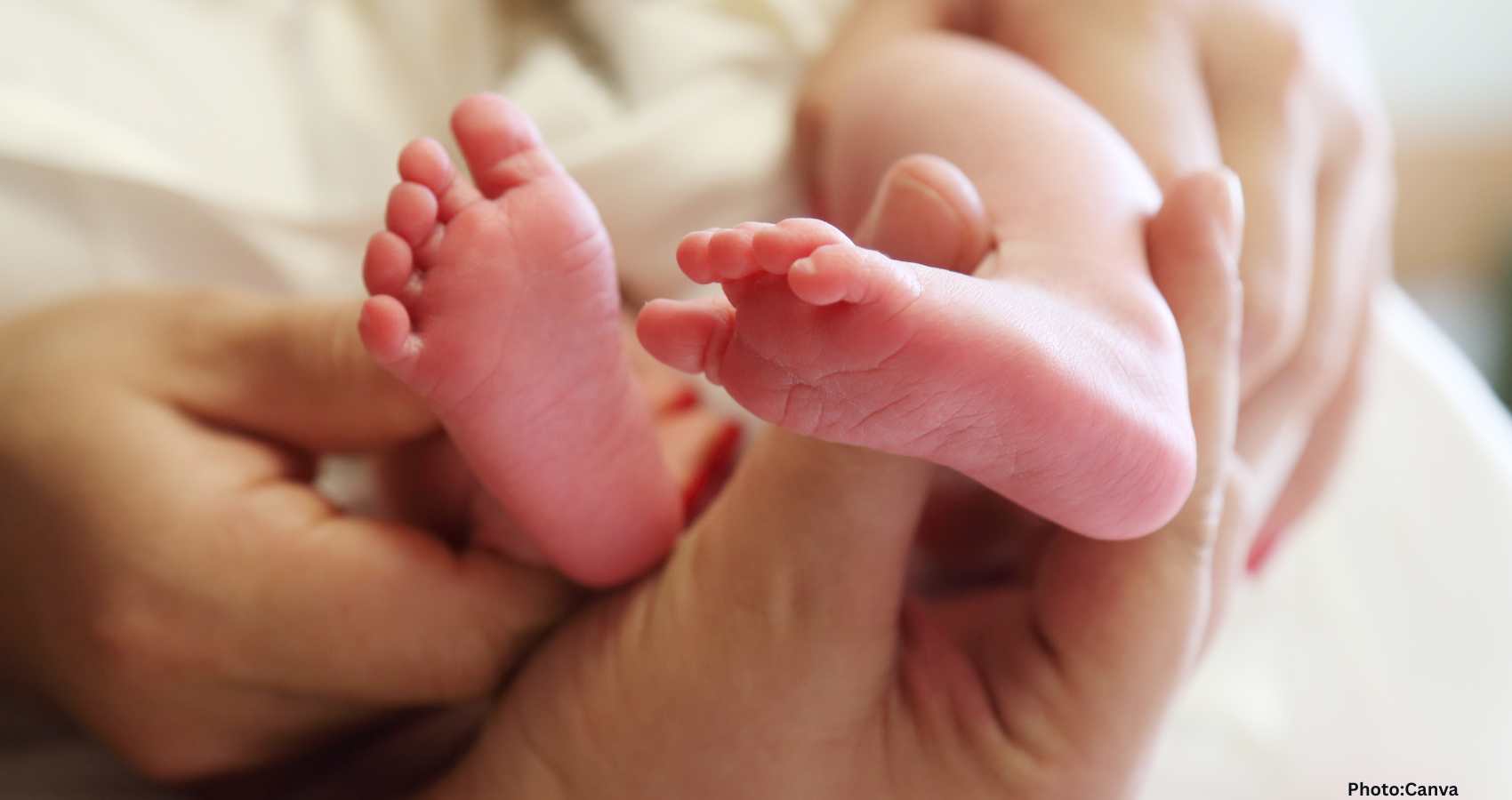Chile’s declining birth rate, which has fallen to 1.03 children per woman, may signal similar demographic challenges for the United States.
Chile is experiencing a significant decline in its birth rate, with the average number of children per woman projected to drop to 1.03 in 2024. This represents a staggering 42% decrease over the past decade, positioning Chile below countries like Japan in terms of fertility rates.
Experts attribute this trend to a variety of factors. Rising living costs and economic uncertainty are making it increasingly difficult for families to consider having children. Many young people are opting to delay parenthood, focusing instead on their education and career aspirations. Additionally, persistent gender inequalities continue to influence family planning decisions.
This decline in fertility is not an isolated phenomenon in Chile. The United States has also witnessed a drop in birth rates, which have fallen below the replacement level of 2.1 children per woman. This trend raises concerns regarding aging populations and shrinking workforces in both nations.
The social and economic implications of these demographic shifts are profound. A smaller workforce could hinder economic growth, while an aging population places additional strain on healthcare systems and social support networks. As a result, policymakers may need to consider a range of solutions, including family-friendly policies, enhanced childcare support, and immigration incentives to address these challenges.
Chile’s demographic changes serve as an early warning for other countries, including the United States, underscoring the broader issues associated with low fertility rates in contemporary societies.
Source: Original article

